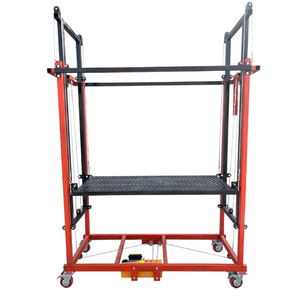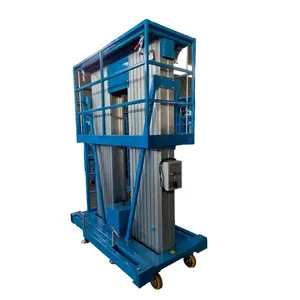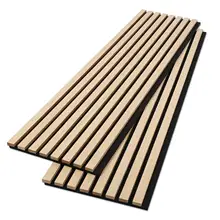Understanding the concept of a small elevator involves looking at its different types, how it is applied in various settings, the materials used in its construction, and the unique features that set it apart.
Types of small elevators
Firstly, it is important to note that small elevators come in different types. The common include small elevators for homes, also known as residential elevators, and small lifts for commercial establishments. A small residential elevator is designed to fit in a minimal space, providing convenience and accessibility in domestic settings. On the other hand, commercial small elevators are commonly used in small scale businesses, where vertical transportation of goods and persons is needed but space is a constraint. Also, there are small house lifts that are specially designed for multi-story houses, providing a comfortable and safe way to move between floors.
Applications and features of small elevators
Small elevators have a wide range of applications. Homeowners, for instance, install small home elevators to enhance mobility for family members who might have difficulty climbing stairs. These elevators can also be used for transporting heavy items like furniture across different floors with ease. In commercial buildings, small lifts are used to move goods, reduce manual labor, and improve operational efficiency. It is worth mentioning that the small lift for home is becoming increasingly popular due to its practicality and the added value it brings to a property.
The features of a small elevator are primarily designed to maximize functionality and user safety. Some small residential elevators have a standard weight capacity, usually enough to carry a wheelchair or several people comfortably. They also have safety features like emergency stop buttons, backup battery power in case of power outages, and automated doors for user convenience. Depending on the model and the small residential elevator cost, some even come with customizable interior designs and finishes, making them not just a practical addition but also an aesthetic feature in a home.
Materials used in small elevators
The construction materials of small elevators vary based on their purpose and the structural requirements of the building they are installed. For instance, a small elevator in house may be made of durable but lightweight materials such as aluminum, while a small domestic lift in a commercial building may be constructed with steel to handle heavier loads. The choice of material plays a significant role in the small elevator cost and its overall performance and durability.
Understanding the types, applications, materials, and features of a small elevator helps potential buyers make an informed decision. Whether it's a small elevator for homes, a commercial lift, or a small lift in house, each has its unique benefits and considerations. It's always important to assess the specific needs and structural limitations before deciding on the ideal small elevator.












































 浙公网安备 33010002000092号
浙公网安备 33010002000092号 浙B2-20120091-4
浙B2-20120091-4